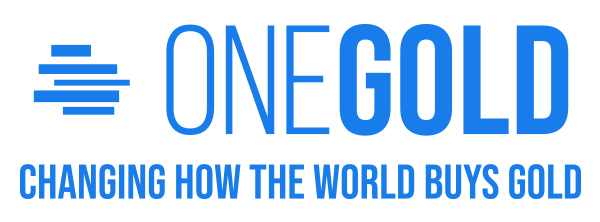Gold ETFs vs Gold
Gold vs. Gold ETFs
Imagine if instead of buying expensive gold coins or bars you could invest in a smaller amount of gold without the hassle of storage.
That’s the promise of gold ETFs. They are designed to be an alternative to physical gold investment. But do they live up to their promises?
What is an ETF?
To understand gold ETFs, we first need to understand what an ETF is.
An Exchange-Traded Fund, or “ETF”, is a set of assets grouped together in one “basket” managed by a company and traded on an exchange. This allows an investor to only buy or sell the fund as opposed to buying and selling all the grouped assets separately. ETFs are often used to aggregate different ways to invest in an asset or index. These can be commodities like gold or oil, stocks from a certain area or industry or any number of other possibilities.
Some ETFs contain derivatives like futures or options, which give them distance from the actual asset. These involve an agreed-upon price for an asset at some point in the future.
ETFs may or may not include physical ownership of a commodity by the fund manager, but often do not. A gold ETF may contain futures and options, physical gold, gold mining stocks, logistical companies tied to gold and anything else that falls in that “basket” of possible gold investments.
ETFs are cheaper investment options than physical gold, which makes them more attractive to some investors. They can also be more convenient.
The Downsides of Gold ETFs
Gold ETFs aren’t all upside. There are problems that can come along with a gold ETF as well. Though they are more liquid, they also have more risk. An ETF does not usually have direct exposure to gold, meaning you cannot cash out your holdings in gold itself but in cash. Even if it’s possible to get your ETF holdings in gold the chain of custody can be a problem.
Some ETFs also incur trading fees, which can quickly add up. There is also the expense ratio to be aware of. This is the percentage of fund assets required to cover operating expenses.
An ETF does not move directly with gold, either, as it is not directly exposed to the price of the commodity. Some gold ETFs may also suffer from a lack of trading volume, which can make it more difficult to buy and sell positions in them.
Some ETFs may have tax consequences as well, and it’s worth consulting a CPA to find out what your tax burden will be. Gold ETFs may also be more volatile than the commodity itself.
Pros and Cons of Physical, EFT, and Digital Gold
An Alternative to Both Physical Gold and Gold ETFs
If you want to invest in gold but find the downsides of ETFs to be too much, physical gold may be more attractive. But it has its own disadvantages with physical storage, security and liquidity. That’s where OneGold can fill the void.
OneGold gives you ownership of physical gold without the problems of storage or security. And it’s far more liquid than physical gold. Meanwhile, it also gives you direct exposure to the commodity without the downsides of an ETF.
Digital gold, silver and platinum are a solution to the problems of both sides. OneGold fees are lower than those of many ETFs, between 12 basis points for gold and 30 points for silver. Many ETFs charge 40 to 60.
If you want to buy gold or other precious metals, consider the digital option. Enjoy the benefits of digital trading with the backing of physical assets by using OneGold.
Related Blogs:
Gold Guide
A guide to investing in gold.
Silver Guide
A guide to investing in silver.
Platinum Guide
A guide to investing in platinum.





